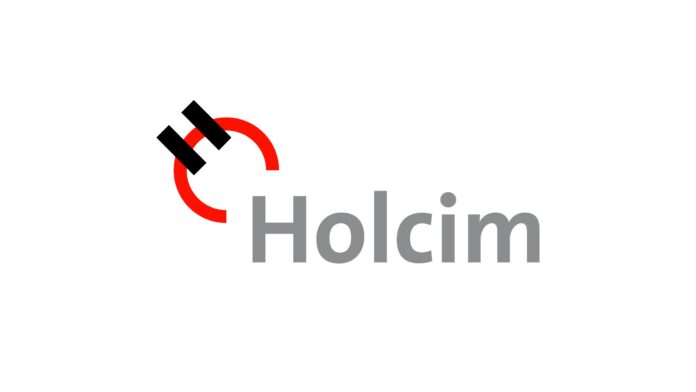Holcim Philippines projects using only renewable energy for its production requirements by 2030.
Samuel Manlosa, Holcim Philippines senior vice president, chief sustainability officer and head of geocycle, shared this development with reporters in a spot interview.
Manlosa said this also developed in the wake of having tapped geothermal power produced by First Gen Corp.’s North Cotabato facility to help meet the power needs of its facilities in Bunawan, Davao City and Lugait, Misamis Oriental.
“We are looking at opportunities but in the meantime we are heavily into solar,” he said.
According to Manlosa, the commitment is for all four cement plants to have their own dedicated solar farm although for now the company is working on contracts for the installation of solar rooftop equipment of up to 4 megawatts.
“But in the next two years there will be a significant shift. At least 50 percent of the power requirement will be sourced from solar farms that can do 10 MW up to 15 MW depending on the size of the plant. Our goal is to be fully renewable before 2030,” Manlosa said.
In April, Holcim Philippines announced a P2 billion budget for renewable energy projects and waste recycling.
Holcim is constructing a P270 million waste management plant in La Union as part of efforts to diversify its fuel requirement.
Manlosa said around 40 percent of production cost is on fuel. In February 2022 when the Ukraine-Russia war erupted, the price of fuel went up six times overnight from $70 per ton to $450 per ton.
“We realized that from a business standpoint, we were vulnerable,” he said of the ongoing transition from traditional fuels like coal to other types of locally available fuels like waste.
Holcim Philippines is one of the country’s largest construction materials providers with four cement, aggregates and dry mix manufacturing as well as technical support facilities for building solutions.
Holcim Philippines has reduced its carbon footprint by more than 20 percent since 2018 by producing blended cement, replacing coal with qualified wastes as alternative fuel, shifting to renewable energy and improving efficiency of operations.







